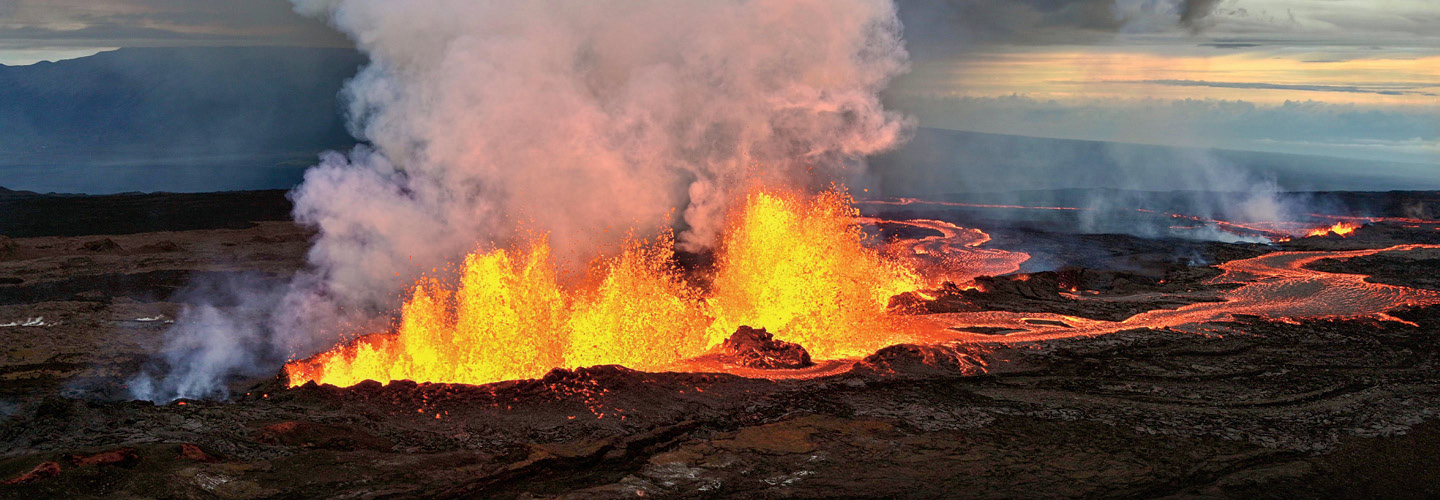Jim McMahon
Before 2022, Mauna Loa, Earth’s largest active volcano, had erupted 33 times since scientists began recording its activity in 1843. Most of those eruptions occurred before 1950, with the most recent happening in 1984. But in November, Mauna Loa, on the island of Hawaii, erupted again after 38 years, its longest dormant period on record. Scientists had a feeling it was coming: In September, the number of earthquakes below Mauna Loa’s summit increased from 10 to 20 per day—a typical occurrence under volcanoes—to between 40 and 50 per day. On November 27, Mauna Loa began spewing lava—molten rock from deep inside Earth’s crust that can reach temperatures of roughly 2,000 degrees Fahrenheit. But the lava flow stalled before causing any serious harm to nearby communities. Many people traveled to get a look, and scientists rushed to study it. There are 161 potentially active volcanoes in the U.S., and scientists still have a lot of questions about them, so every eruption presents an opportunity for discovery. “I have been waiting for Mauna Loa . . . to erupt since I first learned of it in college,” says Kenneth Rubin, a volcanologist at the University of Hawaii at Manoa. The volcano’s size and the power of its eruptions, he adds, “are all scientifically intriguing attributes for volcanologists.”

